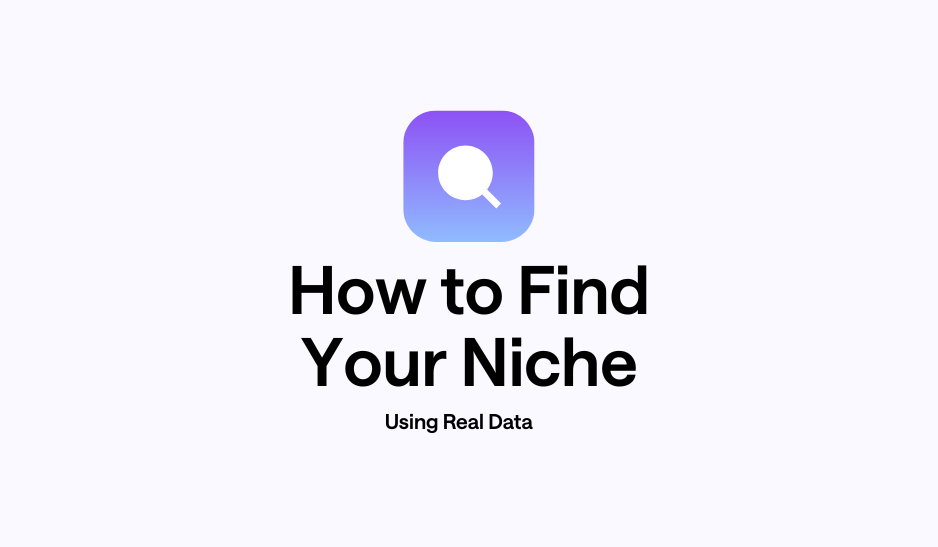Your TAM is Probably Wrong. Here’s How to Fix It in 5 Minutes.
As a founder, you've likely heard the term "Total Addressable Market" (TAM) thrown around in countless investor meetings and strategy sessions. It's often presented as a magical number that can make or break your business plan. But what happens when your TAM is based on assumptions rather than data? Frustration ensues. Many founders struggle to pin down an accurate TAM, leaving them feeling stuck and uncertain about their market potential.
The Common (but Flawed) Approach
Most founders embark on their TAM journey by making broad assumptions. They might start by looking at the total industry revenue, multiplying that by a percentage they believe they can capture, and voilà, they have a TAM. This approach, while quick, relies heavily on guesswork and often lacks a solid foundation. Alternatively, some turn to third-party reports, which can be outdated or not specific enough to their niche.
Why That Approach Fails
The issue with these methods is twofold: they tend to be oversimplified and disconnected from the real-world market dynamics. When TAM is inflated or inaccurate:
- Investors may lose confidence. They can spot a shaky TAM from a mile away, and it raises questions about your understanding of the market.
- Strategic decisions become misguided. Relying on flawed data leads to poor planning, misallocated resources, and missed opportunities.
- You overlook the true customer base. Focusing on incorrect demographics or market segments can leave actual potential customers underserved.
A Better, Data-Driven Way
Imagine having a tool that allows you to ground your TAM calculations in verifiable, real-world data. By leveraging publicly available data sets, you can construct a TAM that reflects the true scope of your market. This data-driven approach involves three key steps:
- Identify reliable, up-to-date data sources. Public data like Census information can provide a clear picture of demographic and economic trends relevant to your business.
- Analyze the data in the context of your niche. Instead of broad industry figures, focus on data that speaks directly to your specific market segment and geographic location.
- Use natural language processing tools to interpret insights. These tools can help you sift through complex data quickly and extract actionable insights.
Conclusion
In today's competitive landscape, understanding your market is crucial. Founders who embrace a data-driven approach to calculating their TAM can make strategic decisions rooted in reality—not assumptions. By tapping into accessible data, you empower your business with insights that are both actionable and reliable. This is precisely our mission: to democratize strategy through real-world data.


.png)